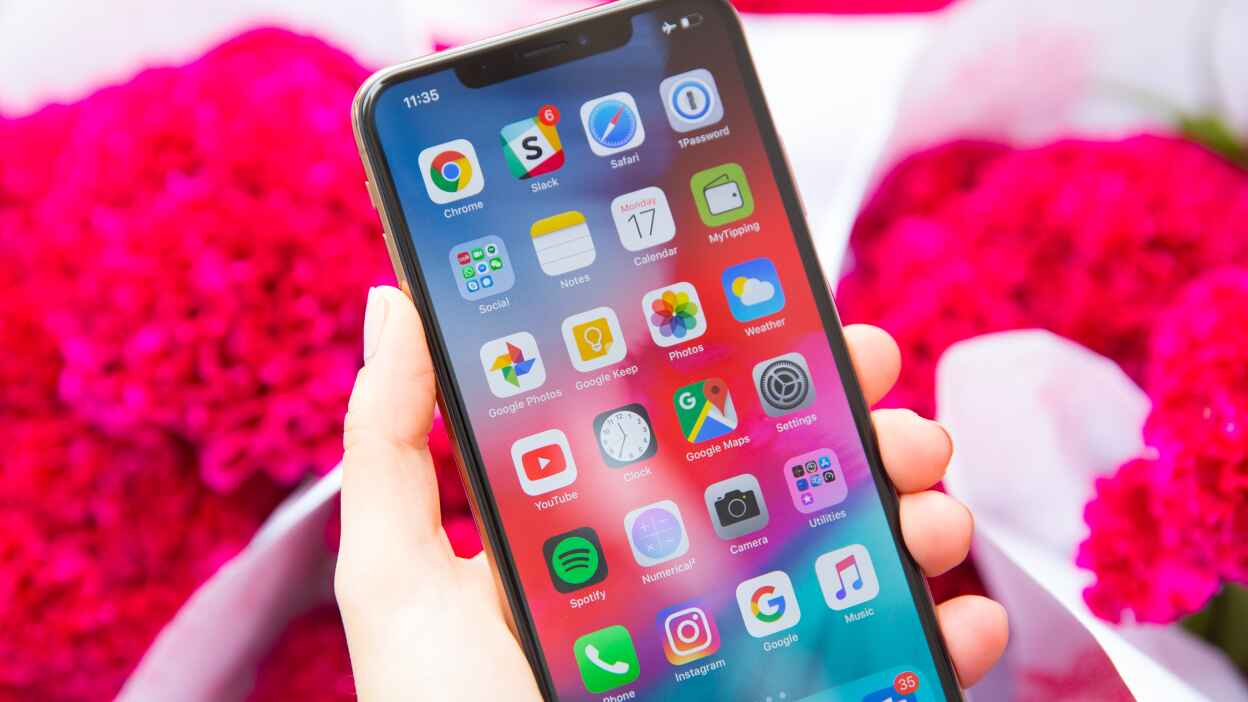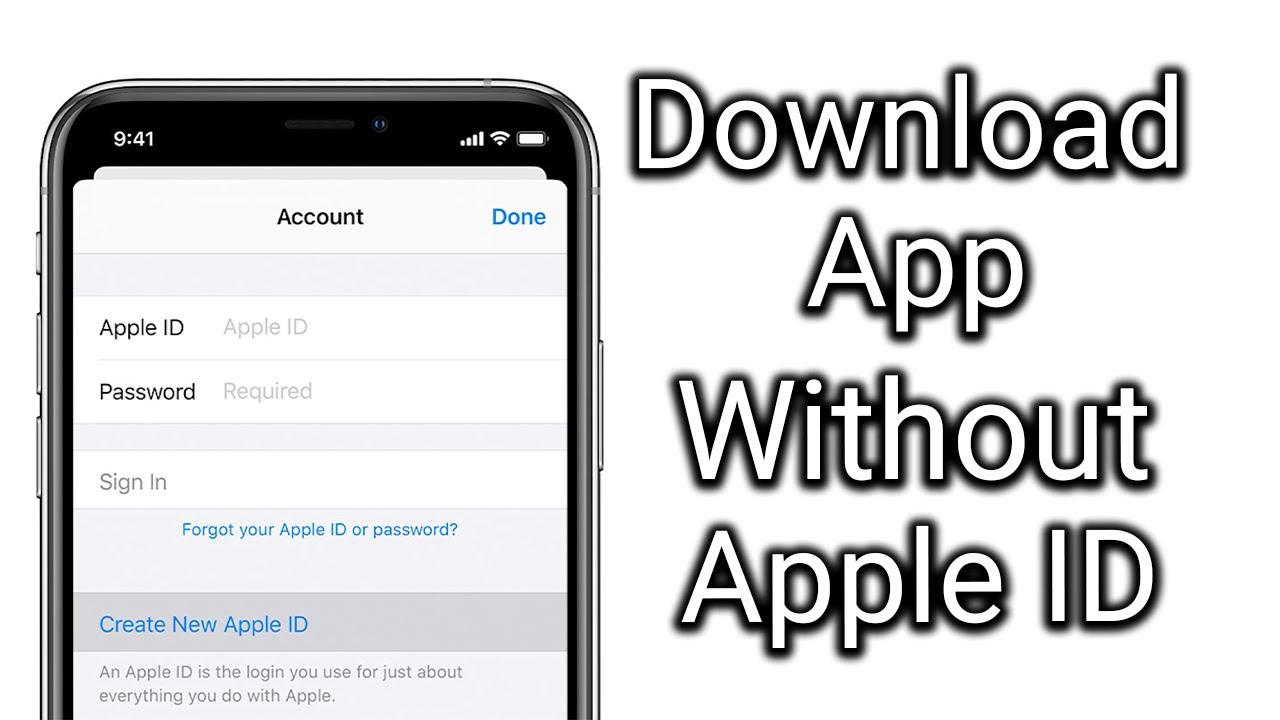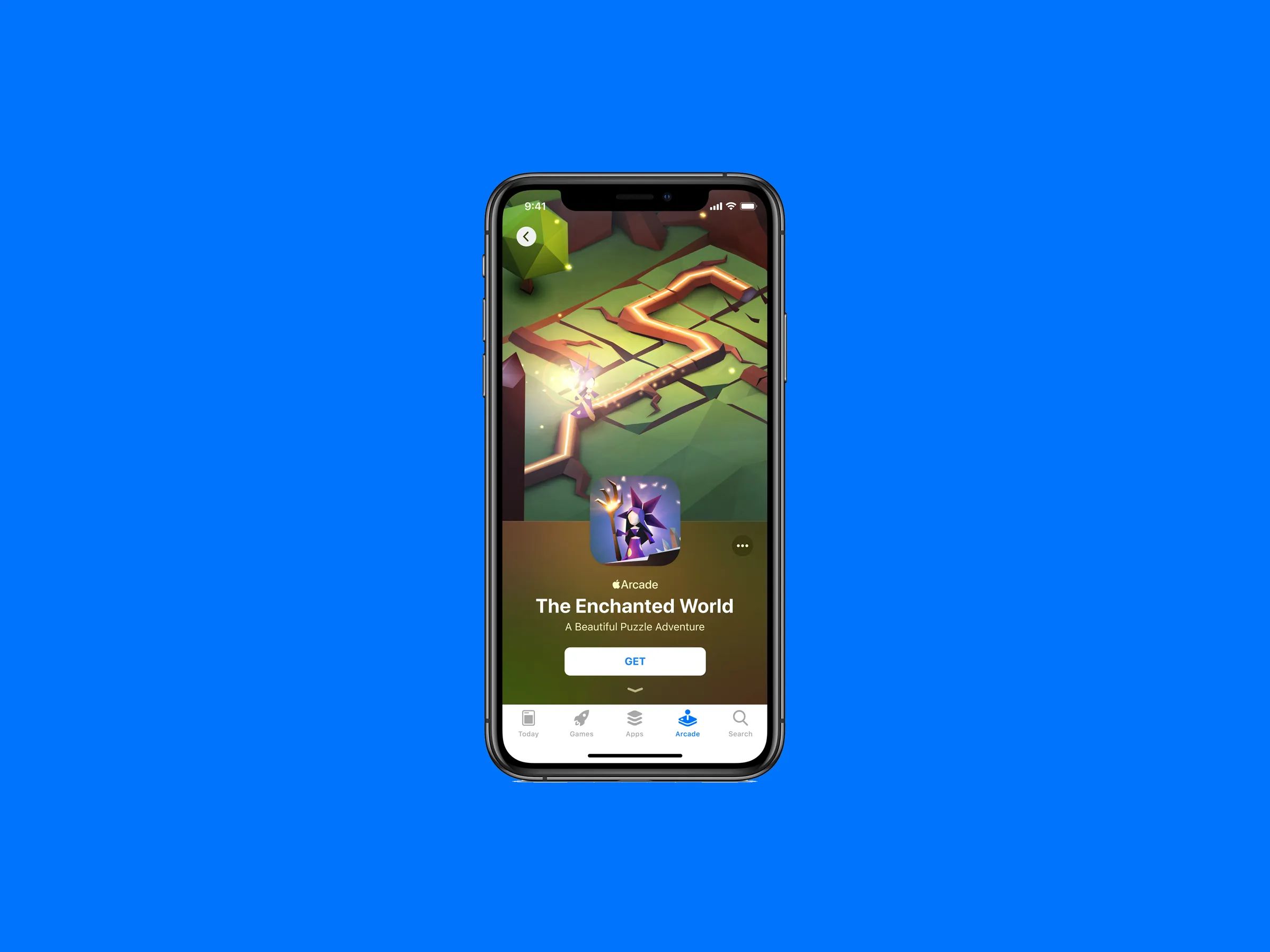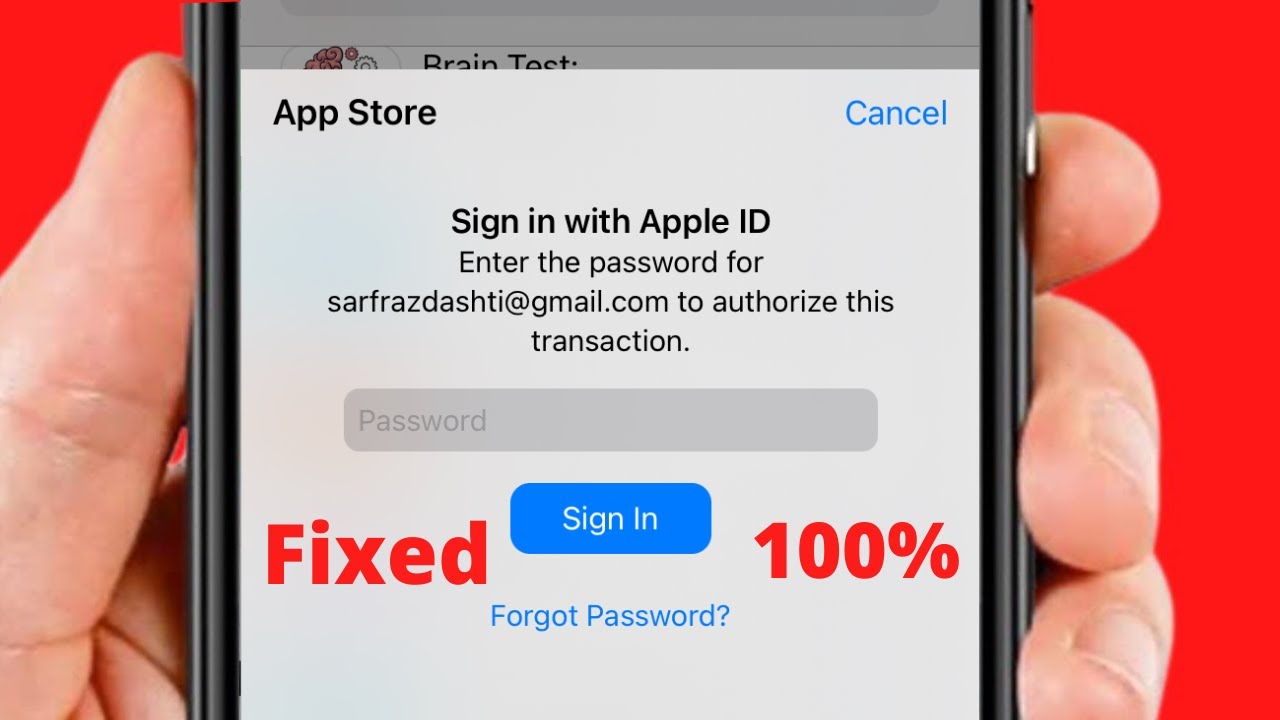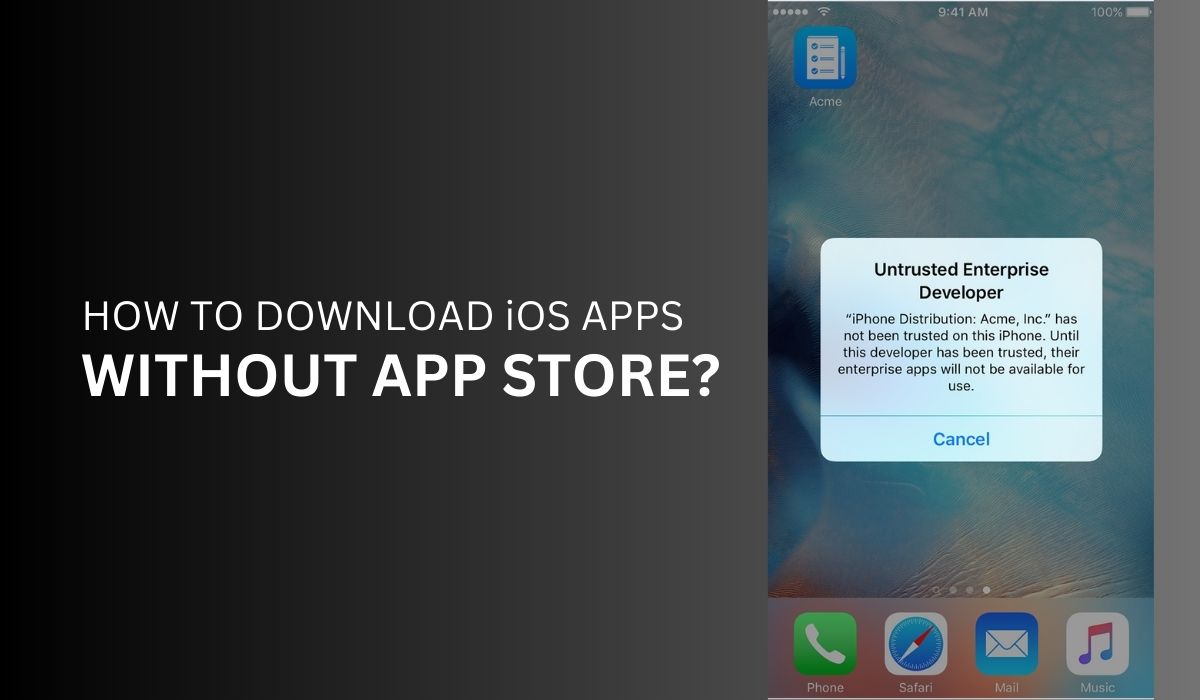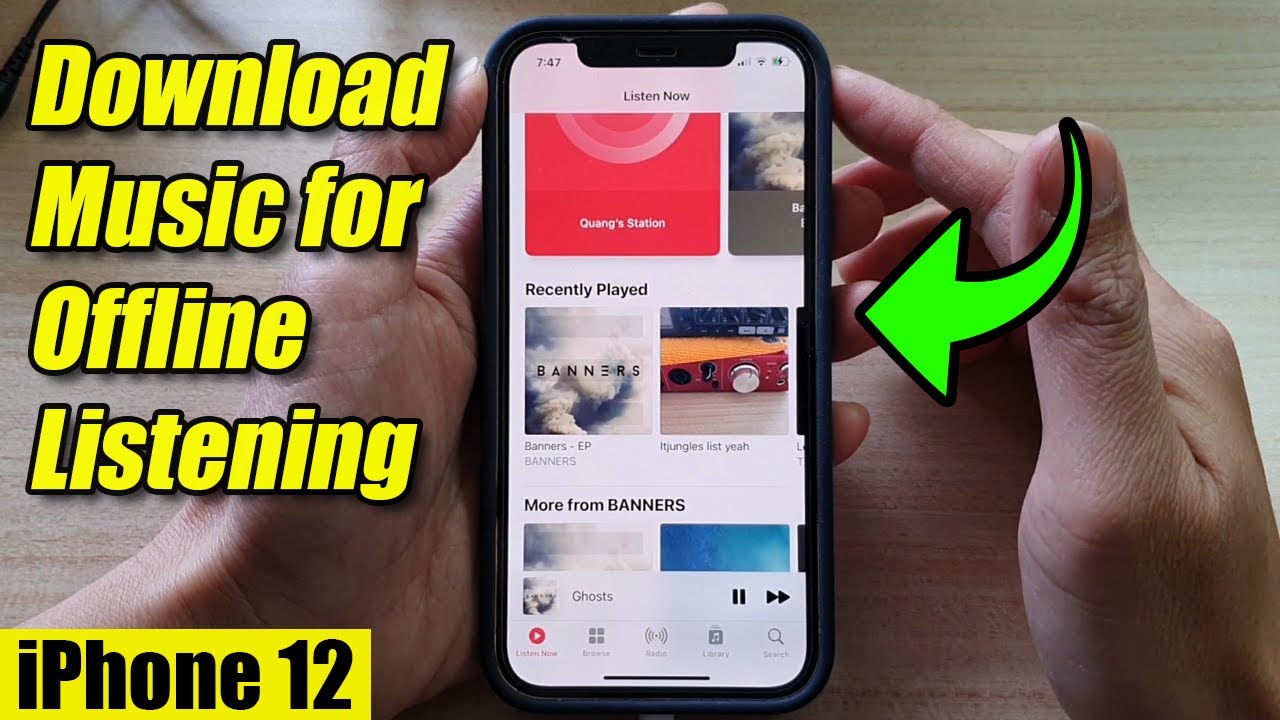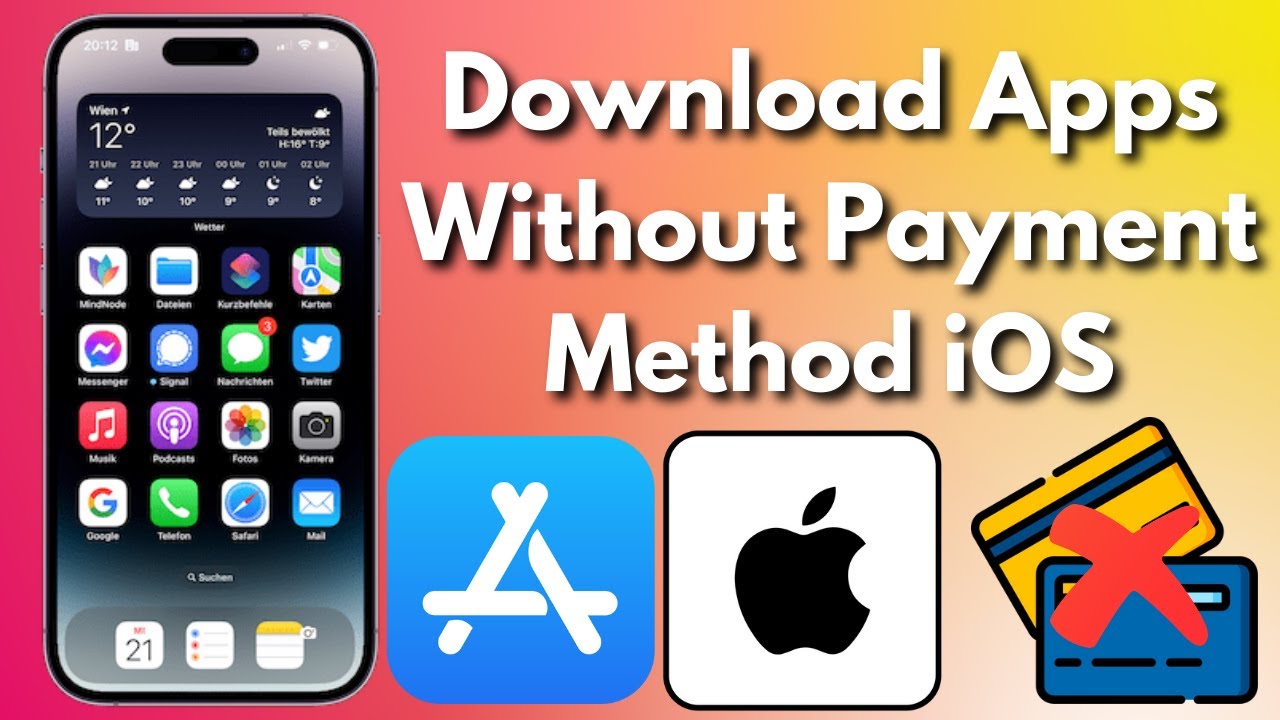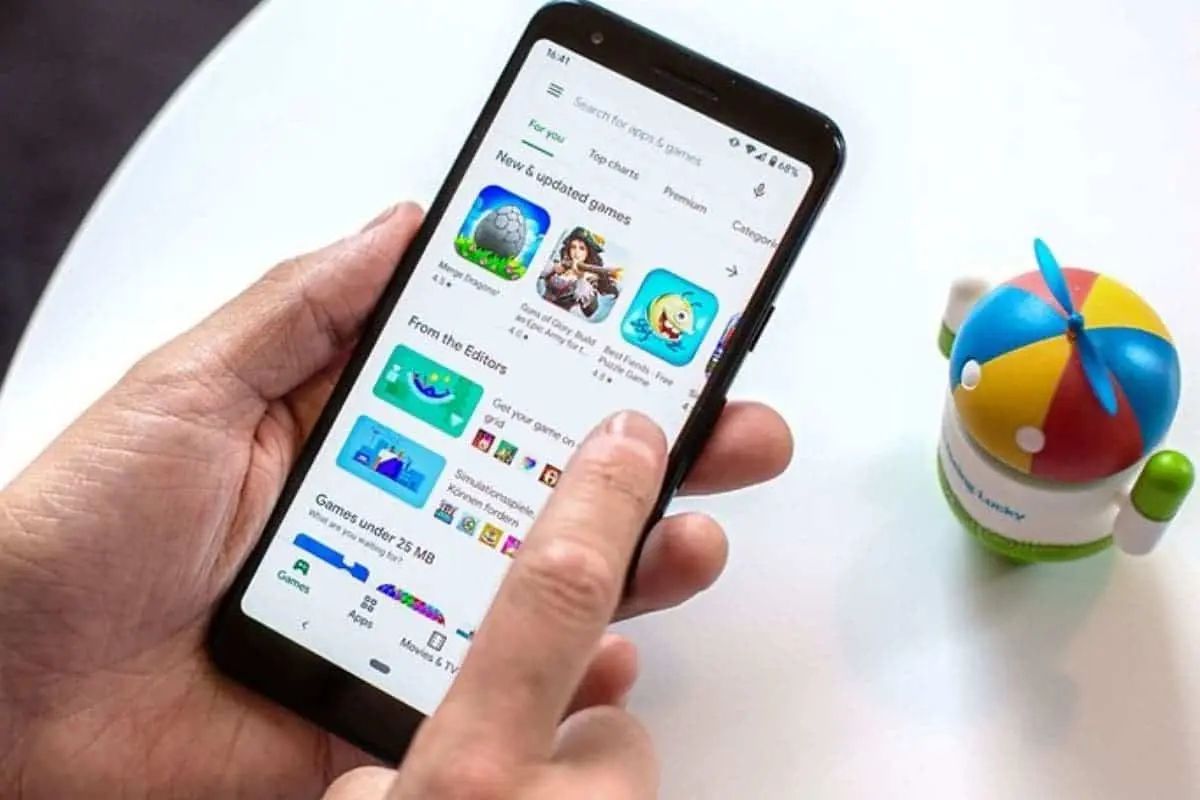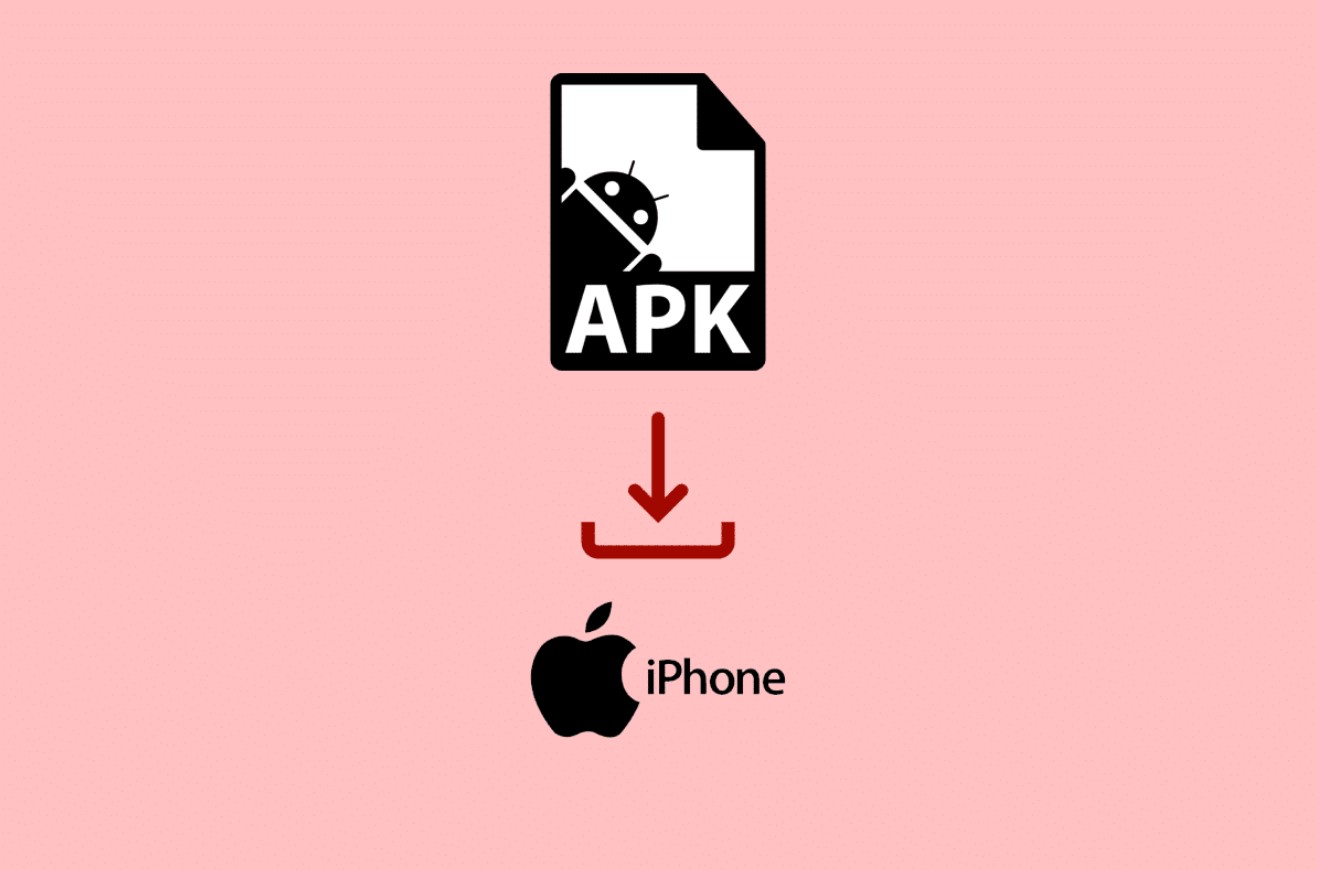Introduction
Downloading apps onto our smartphones and tablets has become an essential part of our daily lives. Whether it’s games, productivity tools, or social networking apps, the convenience of having them readily available on our devices is undeniable. However, the traditional method of downloading apps from official app stores like the Apple App Store or Google Play Store may not always meet our requirements or preferences.
Fortunately, there are alternative ways to download apps without relying solely on the official app stores. This article will explore several options that allow you to access a wide range of apps outside of the usual channels. From third-party app stores to sideloading apps using a computer or iOS device, we will delve into the benefits and limitations of each method, enabling you to make an informed decision based on your needs.
It is important to note that these alternative methods may involve additional steps or carry certain risks. Always exercise caution when downloading apps from sources other than official app stores, as there is a higher potential for malware or unreliable applications. Make sure to research and verify the legitimacy of the source before proceeding with any downloads to maintain the security and integrity of your device.
Option 1: Downloading Apps from Third-Party App Stores
One popular alternative to the official app stores is downloading apps from third-party app stores. These app stores provide a platform for developers to distribute their apps independently, often catering to specific niches or regions. This option allows you to discover new apps that may not be available on the official stores while giving you more control over the apps you install.
One major advantage of third-party app stores is the availability of apps that might not comply with the strict guidelines enforced by official app stores. This can be particularly beneficial if you’re looking for apps with specific features or functionalities that may not meet the official stores’ criteria.
However, it’s important to exercise caution when using third-party app stores. Since these stores have less stringent verification processes, there is an increased risk of downloading malicious apps or apps that infringe copyrights. Before downloading any app, take the time to research the store’s reputation and read user reviews to gauge its trustworthiness.
To download apps from a third-party app store, you’ll need to enable installation from unknown sources. This can be done by going to your device’s settings, navigating to the security or privacy settings, and checking the “allow installation from unknown sources” option. Keep in mind that enabling this option carries some risks, so proceed with caution.
One popular third-party app store is the Amazon Appstore, which offers a vast selection of apps across various categories. To download apps from the Amazon Appstore, you’ll need to install their app on your device, create an account, and browse through their extensive catalog. Once you find an app you want to install, simply tap the “Get” or “Install” button, and the app will be downloaded and installed on your device.
Other third-party app stores, such as APKMirror and F-Droid, also provide a wide range of apps for Android users. These stores often focus on providing open-source or free software, giving users access to unique apps and customization options.
Overall, downloading apps from third-party app stores can be a great way to discover new apps and access apps that may not be available through the official channels. However, remember to proceed with caution and verify the trustworthiness of the app store and apps before downloading to ensure a safe and secure experience.
Option 2: Sideloading Apps using a Computer
Another method to download apps without relying on the official app stores is by sideloading them using a computer. Sideloading refers to the process of manually installing apps on your device using a computer, bypassing the typical store installation process.
To sideload apps using a computer, you’ll need to connect your device to the computer using a USB cable and have the necessary software installed on both the computer and the device. This method is commonly used for Android devices, as it allows for greater customization and flexibility.
One popular tool for sideloading apps on Android devices is “ADB” (Android Debug Bridge). It provides a command-line interface that allows you to install apps directly onto your device from your computer. To use ADB, you’ll need to enable USB debugging on your device and install the necessary drivers on your computer.
Once everything is set up, you can download the APK (Android Package) file of the app you want to install from a trusted source on the internet. Then, using the ADB command-line interface, navigate to the directory where the APK file is located, connect your device, and run the command to install the app onto your device. It’s important to note that this method requires some technical knowledge and can be more complex than using official app stores or third-party app stores.
For iOS users, sideloading apps using a computer is also an option. However, the process is different as iOS has stricter security measures in place. To sideload apps on iOS devices, you’ll need to use a tool like Cydia Impactor or Xcode. These tools allow you to install apps onto your device by signing them with your own developer certificate or using a trusted developer’s certificate. This method is often used by developers who want to test their apps before releasing them on the App Store or by users who want to install apps that are not available on the App Store.
It’s worth noting that sideloading apps using a computer may void your device’s warranty or expose it to security risks if you’re not careful. Always make sure to download apps from trusted sources and verify their authenticity before sideloading them onto your device.
Sideloading apps using a computer can be a more advanced method of accessing apps outside the official app stores. It offers greater flexibility and customization options, particularly for Android users. However, proceed with caution and ensure you have the necessary technical knowledge and trustworthiness of the apps before proceeding with sideloading.
Option 3: Sideloading Apps from an iOS Device
While Apple’s strict security measures make it challenging to sideload apps on iOS devices, there are still ways to install apps from outside the official App Store. Sideloading allows you to manually install apps onto your iOS device by bypassing Apple’s official distribution channels.
One popular method of sideloading apps on iOS devices is through the use of third-party app installers. These installers act as alternate app stores, allowing you to download and install apps that are not available on the App Store. One well-known app installer is AltStore, which requires you to install a companion app on your computer and connect your iOS device to it. Once connected, you can use the AltStore app on your device to browse and download apps that can then be sideloaded onto your iOS device.
Another option for sideloading apps on iOS devices is through the use of third-party signing services. These services sign and distribute apps outside the official App Store, allowing you to install them on your device. It’s important to note that these services may come with a cost or have limitations on the number of apps you can install.
To sideload apps from an iOS device, you’ll need to follow a specific set of instructions for each method. These instructions typically involve downloading and installing a profile onto your device, granting the necessary permissions, and then using the installer or signing service to download and install the desired apps.
However, it’s crucial to exercise caution when sideloading apps onto your iOS device. While some apps distributed through these methods may be legitimate, there is an increased risk of downloading malicious or unauthorized apps. It’s recommended to only download apps from trusted sources and reputable installers or signing services to minimize security risks.
Additionally, it’s worth noting that sideloaded apps may not receive automatic updates or undergo the same level of scrutiny and security checks as apps from the official App Store. As a result, you may need to manually update the sideloaded apps and exercise caution when downloading and installing updates to ensure the continued security and functionality of your device.
In summary, sideloading apps from an iOS device provides an alternative method of accessing apps outside the official App Store. Through the use of third-party installers or signing services, you can install apps that are not available through Apple’s distribution channels. However, it’s crucial to be mindful of potential security risks and only download apps from trusted sources to protect the integrity of your iOS device.
Option 4: Using App Installers
If you’re looking for a convenient and user-friendly way to download and install apps outside of the official app stores, using app installers can be a great option. App installers are applications that provide access to a collection of apps that are not available on the official app stores, offering a one-stop-shop for downloading and managing a variety of apps.
One prominent app installer is TutuApp, which supports both Android and iOS devices. TutuApp offers a wide range of apps, including popular tweaked and modified versions of apps, games, and utilities. To use TutuApp, you’ll need to download and install its companion app from the official website. Once installed, you can browse the app installer’s catalog and download the desired apps directly onto your device.
Another well-known app installer is AppValley, which focuses on providing a diverse selection of apps, including tweaked and modified versions for enhanced features and customization options. Similar to TutuApp, AppValley requires you to download their app onto your device before gaining access to their extensive library of apps.
When using app installers, it’s important to exercise caution and verify the credibility and safety of the apps and installers themselves. While app installers strive to maintain a safe and reliable platform, there is always a risk of downloading unverified or potentially harmful apps. Therefore, researching the reputation and user feedback of the app installer before downloading any apps is crucial to ensure a secure and smooth experience.
Furthermore, keep in mind that app installers may have limitations regarding app updates and compatibility with the latest device software. It’s recommended to regularly check for updates within the app installer to ensure you have the latest versions of the apps and to be mindful of any compatibility issues that may arise after updating your device’s operating system.
Using app installers can be an effective way to access a wide range of apps outside of the official app stores, offering convenience and flexibility. However, always prioritize security and user reviews to ensure you download apps from trusted sources. Regularly updating the apps and being mindful of compatibility issues will help maintain the functionality and stability of your device.
Option 5: Jailbreaking Your Device
For those seeking complete control and customization over their device, jailbreaking is an option worth considering. Jailbreaking refers to the process of removing software restrictions imposed by the device manufacturer, allowing users to access the entire file system and install apps and tweaks that are not approved or available through official channels.
Before proceeding with jailbreaking, it’s essential to understand the risks and implications involved. Jailbreaking can void your device’s warranty, making it ineligible for official support or repairs. Additionally, the process itself can be complex and may require technical know-how and research to ensure a successful jailbreak without endangering your device.
Once your device is jailbroken, you gain access to third-party app installers, such as Cydia, which acts as an alternative app store for jailbroken devices. Cydia offers a vast range of apps, tweaks, and modifications that provide enhanced customization options, new features, and access to apps not available through the official channels.
With a jailbroken device, you can install apps that are not approved by Apple or customize the appearance and functionality of your device in ways not possible on a non-jailbroken device. This level of freedom allows you to explore and experiment with different apps and tweaks, tailoring your device to your specific needs and preferences.
However, it’s important to note that jailbreaking carries certain risks. Since jailbroken devices bypass Apple’s security measures, they become more vulnerable to malware and security breaches. By installing apps and tweaks from untrusted sources, you expose your device to potential risks. Therefore, it’s crucial to exercise caution, verify the reliability and security of the apps, and only download from reputable sources or developers with a good track record.
Additionally, with each new iOS update released by Apple, there is a risk that the jailbreak software may become outdated or incompatible, forcing you to wait for an updated jailbreak or give up your jailbroken status to update your device’s operating system.
In summary, jailbreaking your device offers unparalleled customization and flexibility. By removing software restrictions, you can access a vast array of apps, tweaks, and modifications that are not available through official channels. However, keep in mind the risks involved, such as voiding your device’s warranty and exposing it to potential security threats. Proceed with caution, research thoroughly, and only download apps and tweaks from trusted sources to ensure a safe and secure jailbreak experience.
Conclusion
In this digital age, the ability to download and install apps is an integral part of our mobile experience. While the official app stores like the Apple App Store and Google Play Store offer a wide range of apps, sometimes we need to explore alternative methods to access apps that are not available through these channels.
We have explored several options for downloading apps without relying solely on the official app stores. This includes downloading apps from third-party app stores, sideloading apps using a computer, sideloading apps from an iOS device, using app installers, and jailbreaking your device. Each method has its benefits and limitations, so it’s important to choose the option that aligns with your specific needs and preferences.
When venturing into these alternative methods, it is crucial to prioritize security and protect your device from potential threats. Make sure to download apps from trusted sources, research the credibility of app stores and installers, and be cautious of potential security risks associated with sideloading or jailbreaking.
Remember, these alternative methods may have implications such as voiding warranties, exposing your device to security vulnerabilities, or facing compatibility issues with future software updates. Assess the potential risks and benefits of each method before proceeding, and make an informed decision based on your comfort level and requirements.
Ultimately, the choice of how to download apps without the app store will depend on your individual circumstances and preferences. Whether you’re looking for access to specific apps, customization options, or a user-friendly experience, exploring these alternative methods can open up a whole new world of possibilities for app discovery and installation.
As technology continues to evolve, it’s important to stay informed about the latest trends and techniques in the realm of app downloads. Always be mindful of the security measures you put in place to protect your devices and data, while also exploring new and exciting ways to enhance your mobile experience through the installation of apps outside of the official app stores.







